In the competitive and often unpredictable OCR industry, it's not often that you see a grass-roots local race become so successful that they have to expand to meet the demands of their would-be participants, but in the last three years, Grit OCR has managed to do just that. The brainchild of husband and wife team, and OCR and endurance enthusiasts, Antonio and Malorie Alletto, their idea was born over a bottle of wine in 2016, and became a reality in February of 2018, when they hosted the inaugural Grit race at East Walker Ranch in Santa Clarita, CA. This February they will host their third (and newly expanded) event in the same location. I recently sat down with Antonio to ask him about what the journey has been like for them, what makes their events unique, and what the future holds for Grit.
What inspired you to create Grit OCR?
Mal and I have been involved in the OCR and endurance community since 2012. We began to notice a connection in the rise of our professional and personal success, and the frequency that we found ourselves in the start corral. We believe that the personal insight gained on the course is a powerful tool and that immersing yourself in a community of people who get up early on a weekend to voluntarily seek discomfort is more powerful still. At the time we came up with the idea, Grit OCR was a blank slate. We met Terry and Jenny from New Global Adventures at SpaceRock Trail Race in October 2016, and a partnership was formed. With their experience as successful race directors and our passion for the sport of OCR, we worked together tirelessly to bring Grit OCR to fruition in February of 2018. The rest, as they say, is history.
What sets Grit OCR apart from other obstacle races?
We felt that many OCR events, while perhaps strong in the obstacle department, were sorely lacking in the running aspect. Partnering with New Global Adventures has allowed us to combine the traits of a trail ultra event with obstacles that aren't designed in a boardroom, but inspired by a fondness for adversity and the voices of our participants. Being a local independent event also allows us to innovate freely and creatively, without worrying about corporate control. At every event we're committed to releasing new, innovative obstacles, while continuing to elaborate and improve on existing ones.
Who is the ideal athlete to run the Grit course?
Our carries are heavy, and our trails are tough, but anyone can complete our general waves. As of last year, we've also added a male and female competitive wave. In OCR and trail running, it's common to have competitive athletes who are either accomplished runners or physically strong, but not both. We're trying to bridge the gap between strength and endurance and promote more well-rounded athletes.
What have been some of the obstacles you've encountered in growing the business?
Hosting a yearly OCR event with such a small crew has been challenging, but, as a company, we try to embody the principle of our name. We're not business majors or venture capitalists, just a group of hard-working individuals who love watching our racers give it their all on the course, then put that medal around their neck as they cross the finish line. We design and build our obstacles with our own hands, manage our own website, generate our own marketing, and handle our own customer service. Maintaining this level of autonomy is difficult, but it allows us to ask the same level of dedication from our participants.
What has been the most rewarding thing about creating a new OCR event?
By far, the most rewarding aspect has been the incredible level of support from our friends, family, and the OCR community in general. They've spent countless hours helping us with the logistics, volunteered their time during the course builds, and have helped grow and promote this event, keeping it healthy and strong. For certain, we would not be where we are without the altruistic nature of the fitness communities that have rallied around us.
This, your third year, you're moving from a one-day event to a two-day event. Can you expand on that?
This year we have two different courses: Saturday will be our longer ‘Claw' course, at around eight miles, and Sunday will be our shorter ‘Fang' course, at around five miles. Our goal is to appeal to a broader audience by introducing a shorter course and an additional day. The Fang course will still be extremely challenging, as it will have a high concentration of obstacles over a shorter distance. We'll also be reversing the course on Sunday so that our two-day participants won't be running the same course twice. We'll be providing unique medals and shirts for both races, and those participating both days will receive a special patch. We'll also have competitive waves and a ruck division.
What do you anticipate for the future of Grit OCR?
Our biggest goal for the future is to continue to grow while maintaining the ability to personally interact with every single participant during their adventure. This year we've invested heavily in our obstacle infrastructure, in order to streamline build week and allow us to focus more on the entirety of the event. Hopefully, this increased efficiency will allow us to host more events, though, ultimately, our future is in the hands of the community that surrounds us. That said, as long as the absence of physical struggle creates a void in people's lives, Grit OCR will be there to fill it.
Grit OCR will be hosting its third annual event on February 22 and 23, 2020, at East Walker Ranch in Santa Clarita, CA. For more information, or to register for the event, go to gritocr.com. Make sure to use the code MRG15 for 15% off your registration!
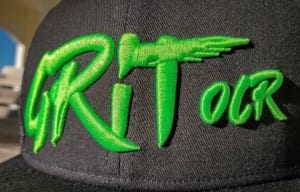
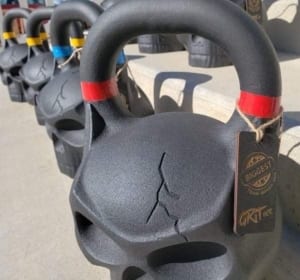
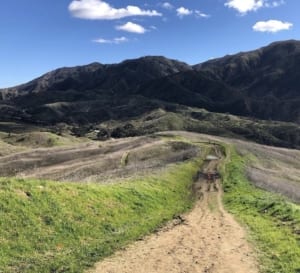
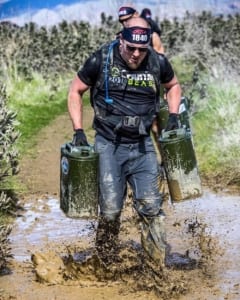
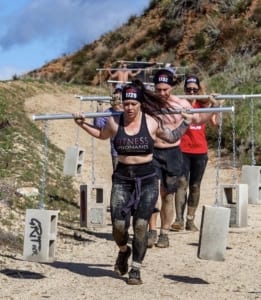
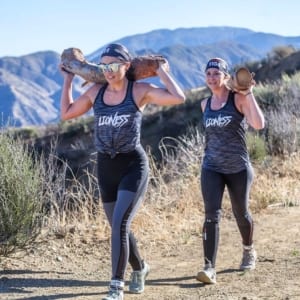
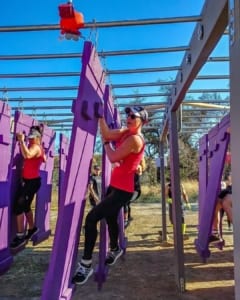
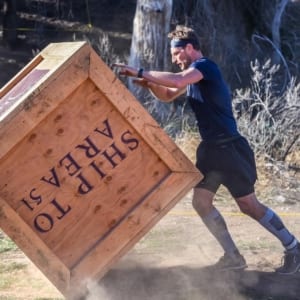
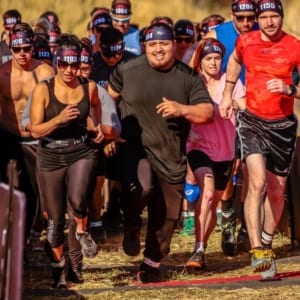


Thanks for the heads-up. 2 of us are flying down there to race both days.
Awesome, Gary! I’ll be there doing live coverage for MRG, so be sure to find me and say ‘hey’!!!